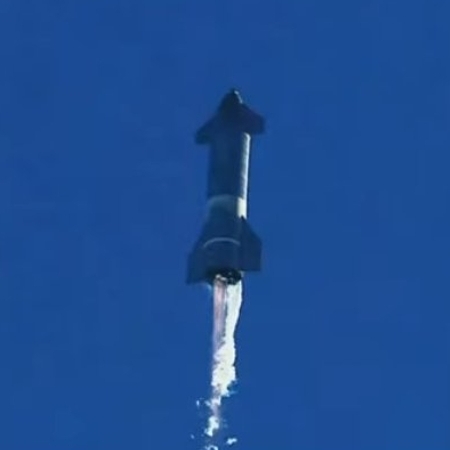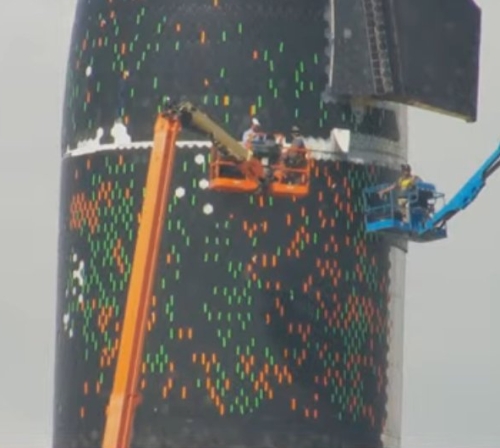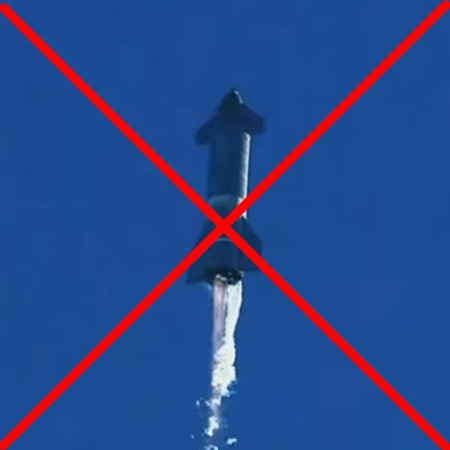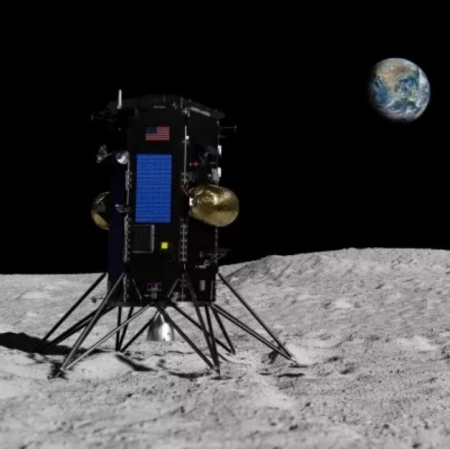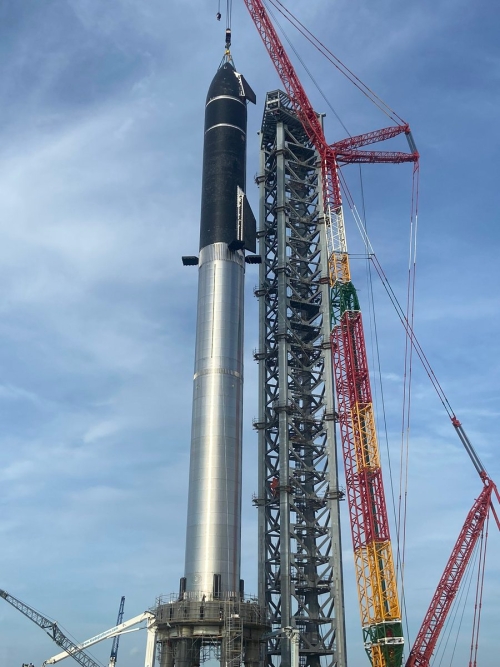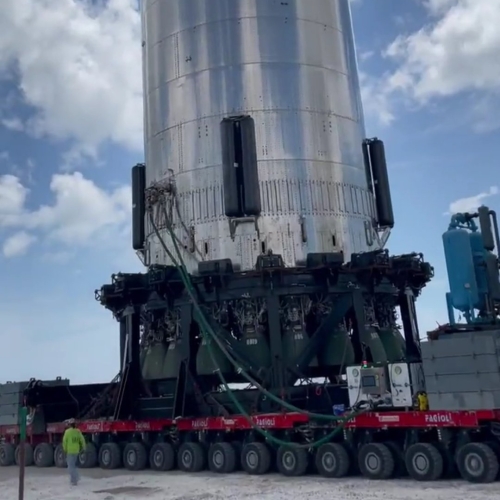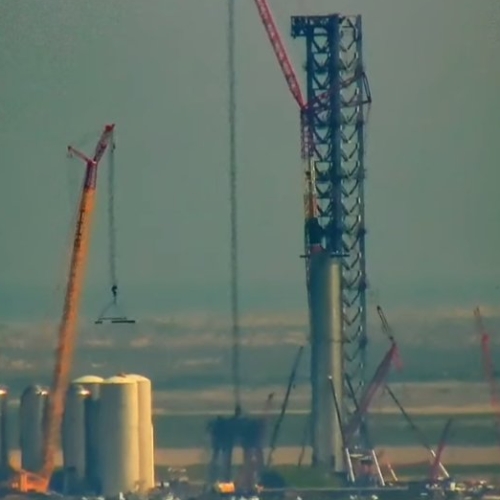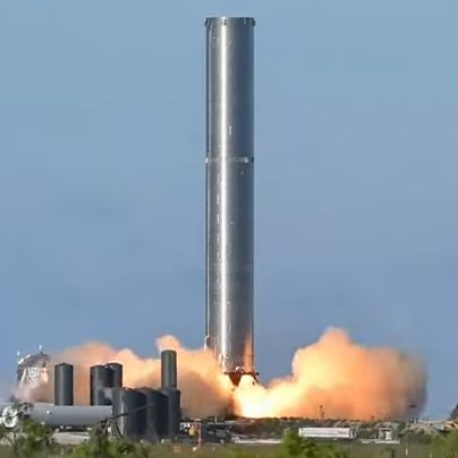SpaceX successfully launches another 51 Starlink satellites
Capitalism in space: SpaceX tonight successfully used its Falcon 9 rocket to launch another 51 Starlink satellites into orbit.
At publication, the deployment of the satellites is still about 25 minutes away. [Update: deployment successful.] SpaceX now has about 1,500 working Starlink satellites in orbit.
The Falcon 9’s first stage successfully landed on its drone ship, the tenth flight of this stage, tying the record for the most reuses. Both fairings were also reused. This was also the first Starlink launch from Vandenberg Space Force Base. SpaceX intends to do monthly Starlink launches from Vandenberg for the rest of the year.
The leaders in the 2021 launch race:
31 China
22 SpaceX
14 Russia
4 Northrop Grumman
The U.S. now leads China 33 to 31 in the national rankings.
SpaceX will also launch in two days the first ever entirely private orbital mission to space, whereby it has been hired to carry four private astronauts for three days on the highest orbit since the 2009 last shuttle mission to repair the Hubble Space Telescope.
That flight will inaugurate a schedule of almost monthly private manned commercial missions to orbit, extending into next year and possibly forever. The present schedule:
- September 15, 2021: SpaceX’s Dragon capsule flies four private citizens on a three day orbital flight
- October 2021: The Russians will fly two passengers to ISS for 10 days to shoot a movie
- December 2021: The Russians will fly billionaire Yusaku Maezawa and his assistant to ISS for 12 days
- cDecember 2021: Space Adventures, using a Dragon capsule, will fly four in orbit for five days
- January 2022: Axiom, using a Dragon capsule, will fly four tourists to ISS
- 2022-2024: Three more Axiom tourist flights on Dragon to ISS
- 2024: Axiom begins launching its own modules to ISS, starting construction of its own private space station
- c2024: SpaceX’s Starship takes Yusaku Maezawa and several others on a journey around the Moon.
Capitalism in space: SpaceX tonight successfully used its Falcon 9 rocket to launch another 51 Starlink satellites into orbit.
At publication, the deployment of the satellites is still about 25 minutes away. [Update: deployment successful.] SpaceX now has about 1,500 working Starlink satellites in orbit.
The Falcon 9’s first stage successfully landed on its drone ship, the tenth flight of this stage, tying the record for the most reuses. Both fairings were also reused. This was also the first Starlink launch from Vandenberg Space Force Base. SpaceX intends to do monthly Starlink launches from Vandenberg for the rest of the year.
The leaders in the 2021 launch race:
31 China
22 SpaceX
14 Russia
4 Northrop Grumman
The U.S. now leads China 33 to 31 in the national rankings.
SpaceX will also launch in two days the first ever entirely private orbital mission to space, whereby it has been hired to carry four private astronauts for three days on the highest orbit since the 2009 last shuttle mission to repair the Hubble Space Telescope.
That flight will inaugurate a schedule of almost monthly private manned commercial missions to orbit, extending into next year and possibly forever. The present schedule:
- September 15, 2021: SpaceX’s Dragon capsule flies four private citizens on a three day orbital flight
- October 2021: The Russians will fly two passengers to ISS for 10 days to shoot a movie
- December 2021: The Russians will fly billionaire Yusaku Maezawa and his assistant to ISS for 12 days
- cDecember 2021: Space Adventures, using a Dragon capsule, will fly four in orbit for five days
- January 2022: Axiom, using a Dragon capsule, will fly four tourists to ISS
- 2022-2024: Three more Axiom tourist flights on Dragon to ISS
- 2024: Axiom begins launching its own modules to ISS, starting construction of its own private space station
- c2024: SpaceX’s Starship takes Yusaku Maezawa and several others on a journey around the Moon.

